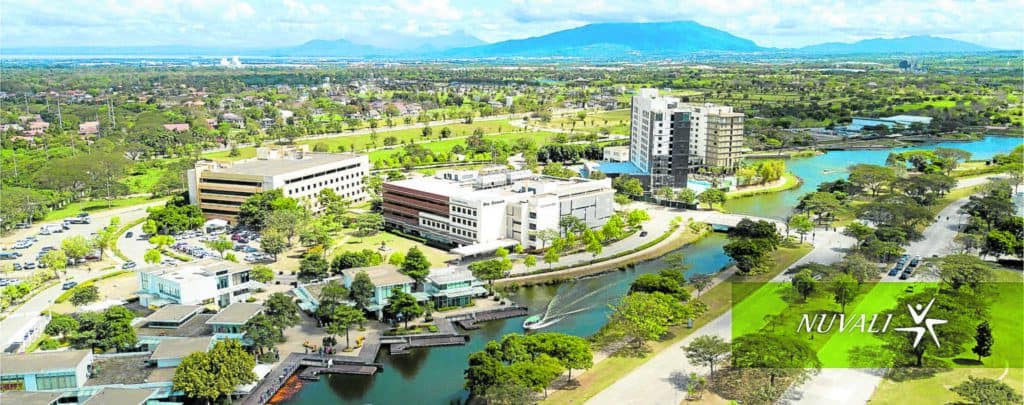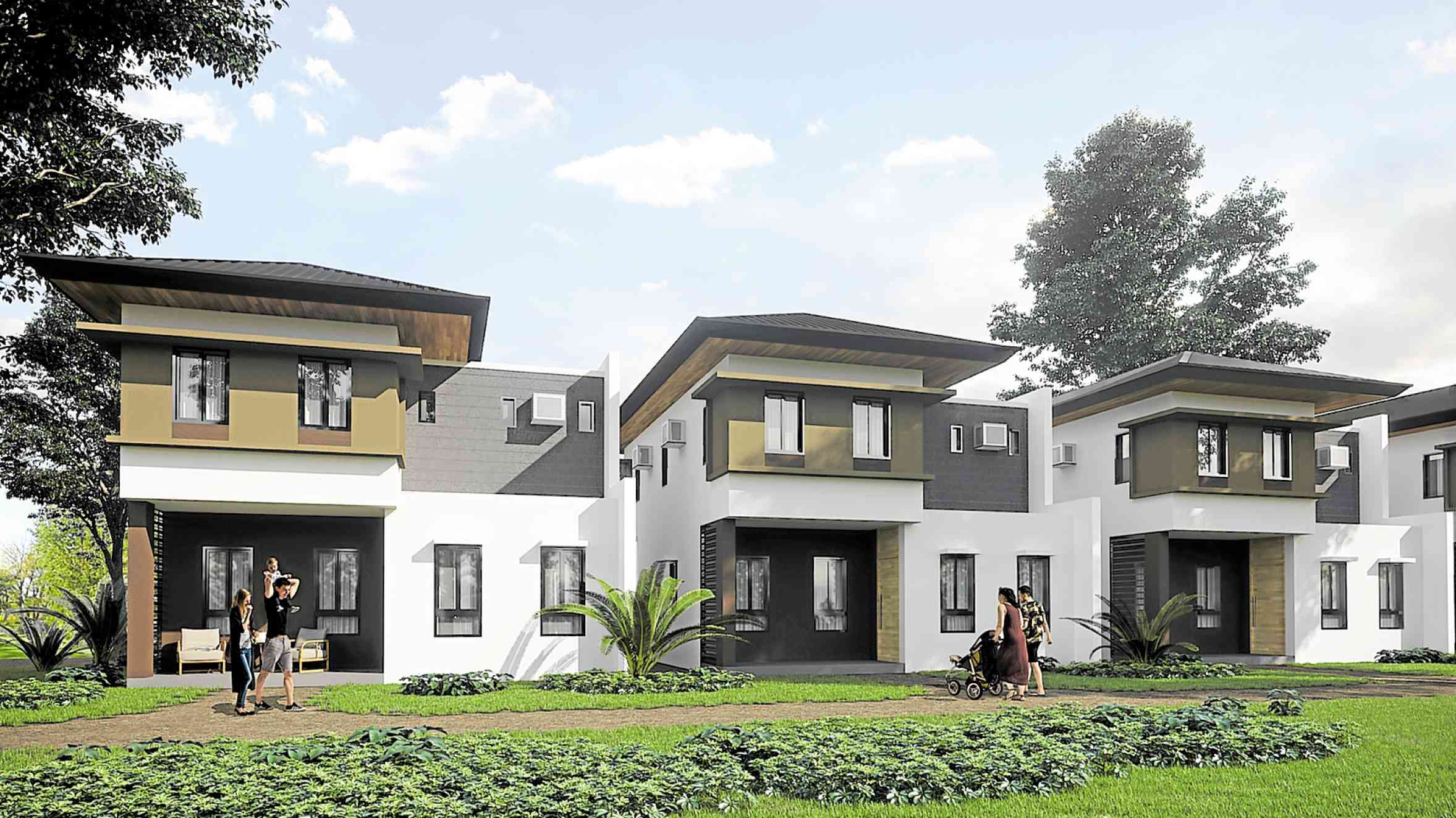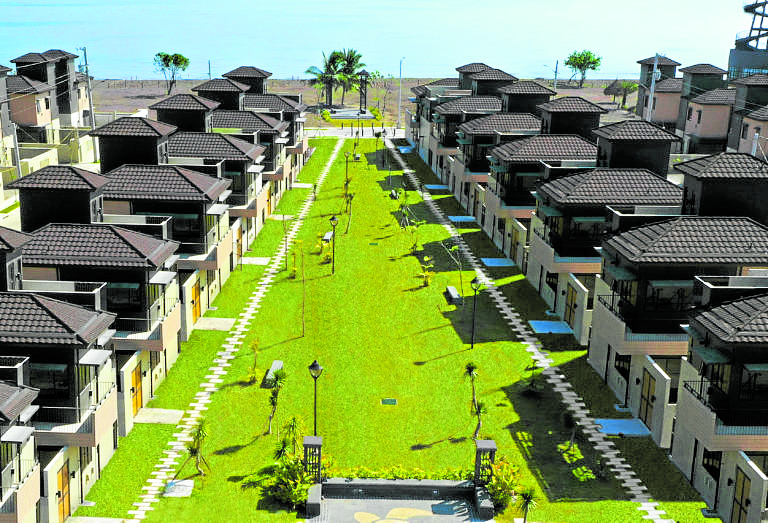
The role of gated communities in the development of human civilization traces back centuries. With the same communities gaining popularity in the Philippines, has history repeated itself?
Exclusive Habitation System (EHS)
Throughout history, communities are immensely fortified to avoid physical attacks and other forms of danger. Such fortifications can include building moats, drawbridges and thick walls. At that time, the sole purpose of these communities is to guard one’s welfare from external forces.
However, what started as a place for defense and refuge evolved into a multi-faceted field that caters to people from all walks of life.
Today, gated communities are adopting several elements of the Exclusive Habitation System (EHS). Common elements include planned developments tailored for residential use; the abundance of single-family housing; inbound restrictions such as walls, fences and vegetation; immediate access to major streets and roads leading to city or municipal centers; readily-available electricity, water, sanitation and other utilities, and; amenities to encourage residence within these gated communities.
A combination of principles
Today’s gated communities evolved from two urban planning concepts, the “Garden City” and the “City Beautiful Movement”—each complementing the other.
Sir Ebenezer Howard’s Garden City—which refers to a planned and self-contained city with proportionate areas of agriculture, industry and residences surrounded by “greenbelts”—came in response to the challenges that emerged during the reign of industrial cities in 19th century Britain. The dilapidation of cities caused by industrialization resulted in the proposition of new cities with favorable forms and greater concern for the environment.
Concepts of the Garden City are applied by setting population size and location; defining all necessary layouts and spaces they need (such as vehicular and pedestrian circulation); and providing additional amenities for vegetation and recreation (such as tree-lined streets and other forms of recreational conveniences)—all within walking distance.
Adding the social and civic contexts to these communities are principles inspired by Daniel Burnham’s City Beautiful Movement, which focuses on the aesthetic, environmental and sociocultural aspects of design akin to European city planning. It seeks to keep communities attuned to related social issues while encouraging civic pride and engagement.
These concepts spread throughout the rest of the world—from America, Europe to Asia, including the Philippines.
Persistent real estate competitor
While city centers have always been the most desirable areas for gated and masterplanned communities, their congested nature combined with the hustle-and-bustle lifestyle can make one yearn for the countryside, but with one’s needs still well within reach. Sandwiched in-between the country’s capital and nearby provinces, this makes South Luzon the ideal location for communities that combined urban comfort and provincial idyll.
Despite the pandemic, the region continues to showcase its real estate potential as its ongoing urbanization and infrastructure development attracted property developers to flock within the provinces of Calabarzon for their new launches. However, aside from gated communities, the region is also in for mixed-use development and transportation projects.
From metro to countryside
Surrounded by the cities of Cabuyao, Calamba, and Sta. Rosa, “Nuvali” combines the sophistication of urban living and the comforting ambiance of the countryside. It presents itself as the Philippines’ first eco-city that stretches at 2,290 hectares, promoting healthy living through abundant flora and spanning green spaces. Residents are also free to have their own home gardens given their generously sized residential lots.
To truly embody its eco-city advocacy, Nuvali takes advantage of the beauty of the countryside, transforming the community into an attractive destination spot for nature and adventure lovers. It is home to 51,986 trees scattered throughout the community, with thrill-seeking amenities such as a wildlife sanctuary, rugged mountain bike trail, hiking trail and its signature multi-functional lake.

A 21st century take on the industrial revolution
Nestled in the cities of Lipa and Malvar in Batangas meanwhile is an industrial-anchored township named “The Villages”—a 49-hectare community with the same location as the LIMA Technology Center, LIMA Exchange, The Outlets at Lipa, and an emerging business district.
Despite the contradicting combination of industrial and residential zones within the same community, what makes The Village “the next big thing”—as its slogan states—is that it takes inspiration from Batangas’ golden age when villa-style houses, spanning greeneries and generous open spaces were the norm.
Taking ‘endless summer’ to the next level
The pandemic has truly been a huge eye-opener on the importance of having nearby open spaces as an immediate relief to “cabin fever”—which has become more rampant as everyone tries to self-isolate as much as possible.
Spanning at 43 hectares, “Seafront Residences” presents itself as a walkable beach community offering house-and-lot and beach condominium units paired with various amenities such as the town center, clubhouses, pool facilities, parks and greenbelts strategically scattered throughout the development.
Evolution, not repetition
Before, the sole purpose of gated communities was to protect the residents from vicious attacks. Today, they have evolved into picturesque retreats where much attention is given to physical layouts and aesthetic designs. At the same time, the concentration of gated communities is eventually shifting to the outskirts from the city centers.
Understanding how they changed throughout history, gated communities serve as a truthful glimpse of how Filipino culture manifested itself in the physical environment: an outlook of segregation translated into an equally isolated built environment.
While “history repeats itself” may no longer apply in the case of gated communities, a more accurate representation would be “history evolves as the scholar learns” as designers and the average citizen spark the evolution of gated communities—and continue to do so.
The author is the principal architect at Fulgar Architects, making unique and extraordinary design specialties for various property ventures from hotels, condominiums, museums, commercial, to mixed-use township developments. Please visit www.fulgararchitects.com
Article and Photo originally posted by Inquirer last July 3, 2021 2:04am and written by Ar. John Ian Lee Fulgar.








More Stories
Weekend wanderer: This walk in Manila is a trip to art and to our past
Enjoy no-frills camping in the great outdoors in Tanay
Landco Pacific raises the bar for premium resort and leisure living